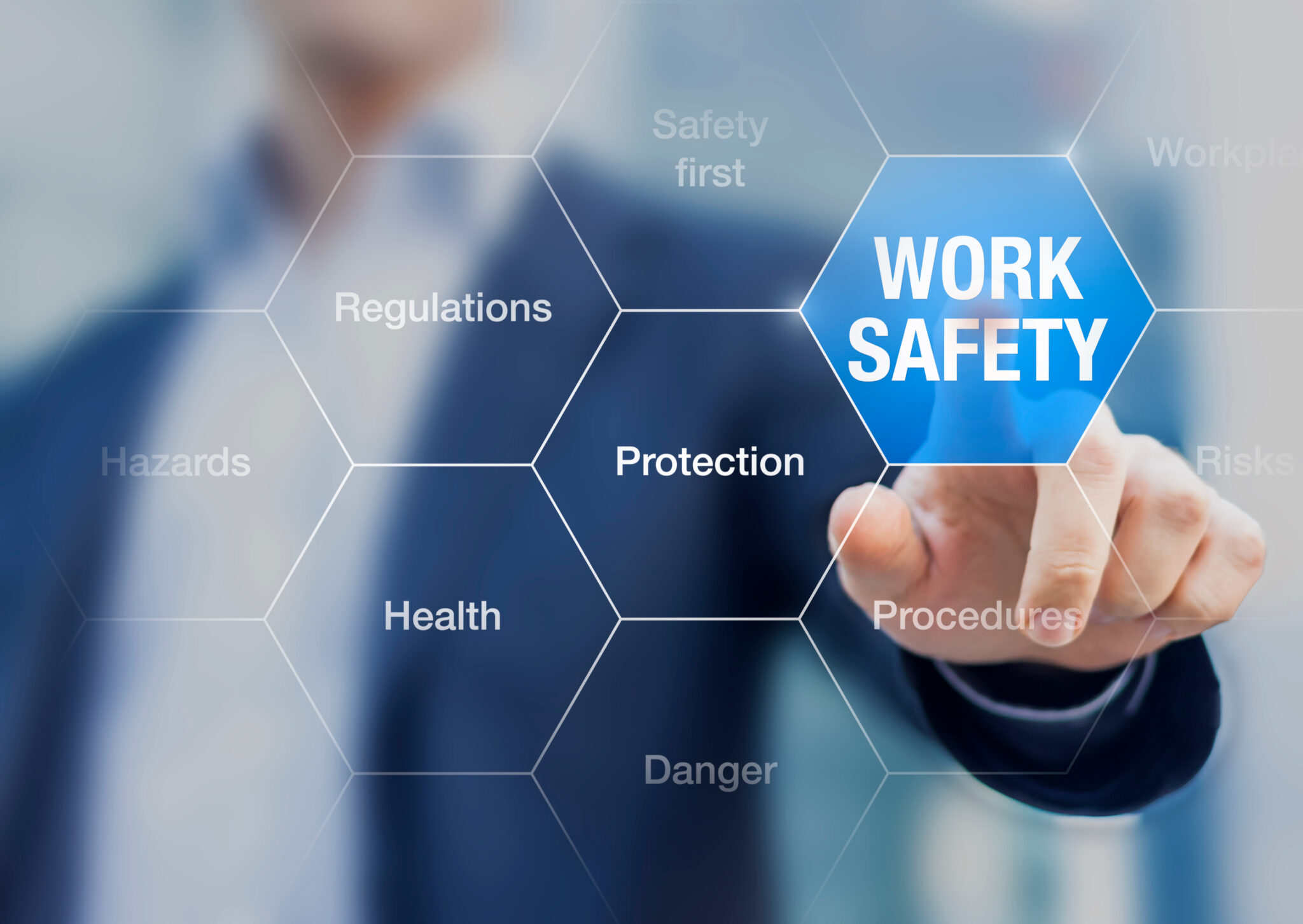
Eight Steps to Protect a Fleet, Regardless of Size
April 20, 2022
Overcoming Common Obstacles to an Effective Job Hazard Analysis
April 22, 2022Six Strategies to Mitigate Spring Safety Hazards
Each season brings unique risks that can increase workers’ exposure to injuries and illnesses. Here are six strategies to mitigate spring safety risks:
Assess housekeeping practices. Good housekeeping is one of the hallmarks of a safe workplace. Spring is a good time for employers to assess housekeeping practices and identify weaknesses that increase the risk of injury. Common problems that create unsafe conditions include clutter, improper storage, poor maintenance of tools and equipment, inappropriate cleaning protocols, failure to clean up spills, and inadequate waste disposal. These increase the risk of trips, slips, and falls, strains and sprains, falling objects, and lacerations as well as the risk of fire.
If housekeeping routines are weak, create a housekeeping schedule for every area that needs to be cleaned and disinfected, including where, when, what, how, and by whom. Also, establish designated areas for tools and materials with clear labeling, develop end-of-the-day routines so that everyone starts with a clean workspace, encourage the reporting of housekeeping hazards, and periodically plan inspections. Be sure workers are properly trained on cleaning protocols, proper storage, and PPE for housekeeping at the start of employment and reinforce with periodic trainings.
Do a deep cleaning. Even if the facility hygiene and cleaning protocols are enhanced, the seasonal change of spring is an excellent time to do a deep cleaning. Cleaning the building’s air ducts in the spring removes the dirt and dust from your HVAC system and prevents it from being re-circulated throughout the building once the air conditioner starts running. Clean air ducts also lessen the effects of allergens during the spring and summer months.
Professionally cleaning carpets, tiles, mats, and baseboards, as well as upholstery, helps remove germs, dust, and allergens. Replace worn, ripped, or damaged flooring. Clean the windows and dust the blinds and dry clean draperies. Hard-to-reach areas that built up dust such as the tops of light fixtures, ceiling corners, vents, and tops of doors need special attention. Pressure washing sidewalks, walkways, and the outside walls of buildings can remove a buildup of sand, salt, and other debris and make the exterior more appealing.
Prepare for spring weather extremes. Spring storms, tornadoes, and flooding create or intensify hazards for employers. Examples include trenching cave-ins, downed power-line work, lightning strikes, falling objects, and flood clean-up activities. Mudslides, slippery surfaces, and thick mud are all potential issues at outdoor sites in the springtime. Employers must take proper precautions to provide workers with the right training and gear to cope with such conditions and set standards for when work should be halted when it becomes too dangerous.
While tornadoes can occur anytime during the year, the months of April, May and June are the busiest in the U.S. The National Oceanic and Atmospheric Administration (NOAA) has a risk assessment tool to help determine risk. Now is a good time to review your emergency response plan with employees, check all emergency supplies, review emergency roles and responsibilities of employees, and conduct regular tornado drills. It’s also a good time to assess vulnerable structural areas including the roofs, siding, windows, and framing as well as ways to safeguard your data, servers, and other equipment.
When storms do occur, recovery workers can face a wide range of safety hazards including electrical, chemical, biological, and environmental. Training and communication are vital throughout the recovery process. OSHA has many helpful training resources on its Emergency Preparedness and Response webpage. Small to medium-sized organizations should develop relationships with local emergency management groups to help ensure a safe return to work for employees.
Watch out for insects and vegetation. Poison ivy and ticks that may carry Lyme disease are prevalent in spring. It’s important for workers to wear gloves and long sleeves and use insect repellent when working near long grass or forested areas. Rodents may also have wreaked havoc on the wiring of equipment inside your facility. Check the wiring on all equipment that has not been used recently.
Keep a vigilant eye on inexperienced workers. Injury rates among new and inexperienced workers historically have always been high, but the Great Resignation and labor shortage mean there is an even higher risk of serious injuries. Protecting inexperienced workers begins with a risk assessment that goes beyond the identification of hazards and proper guarding of equipment. It should identify the tasks inexperienced workers must NOT do, clearly identifying prohibitions on the use of specific equipment and specified work processes, restricted areas, and activities that can only be done under supervision. Other steps include special training and orientation, adequate, consistent mentoring and supervision, regular reinforcement of safety procedures, encouragement of incident reporting, and the establishment and enforcement of a drug-free workplace.
Know the laws about company sports teams and events. While most employers sponsor sports teams or activities and family events to build morale, some unwittingly expose themselves to claims that impact workers compensation. Whether or not an injury or accident is compensable in workers compensation often comes down to a two-part examination of whether the accident was in the “course and scope” of employment, and whether the injury “arose out of” that work.
Although no one rule fits all and each case will be decided on its merits, emphasizing that the social or recreational activity is strictly voluntary and no compensation is provided for participation will help reduce exposure. Before planning an event, it’s best to discuss your exposure with your insurance broker.




